I had someone drop me an e-mail requesting a quick overview of the various editions of D&D. In the context of the Reactions to OD&D essays, I thought it might be a useful reference for people who are a little less familiar with the history of the game.
If you want more details on the history of D&D, the “Editions of Dungeons & Dragons” article at Wikipedia is a pretty solid resource. If you want an exhaustive detailing of every single change made between each printing of the early rulebooks, then the Acaeum is an excellent resource.
The only important thing you need to remember here is that D&D split into two separate games in 1977: Advanced Dungeons & Dragons and Dungeons & Dragons (with the latter often being referred to as Basic D&D or BD&D).
The terms used below are not official, but they are the most commonly used nomenclature in the fan community.
DUNGEONS & DRAGONS
With the exception of the Rules Cyclopedia, all of these games were sold as boxed sets.
OD&D (Original Dungeons & Dragons, White Box): The original edition of the game designed by Dave Arneson and Gary Gygax, first published in 1974 as a boxed set comprising three volumes — Men & Magic, Monsters & Treasure, and Underworld & Wilderness Adventures. These books would receive various errata in subsequent printings (with the most notable change being the purging of references to Tolkien’s works following a lawsuit from the Tolkien Estate), but remained substantially unaltered.
Holmes Edition (1977): Published as the Basic Set in 1977. Eric Holmes is credited as having “edited” the book, but it’s actually a complete re-design and re-edit of the original game.
Moldvay Edition (1981): A completely revised Basic Rulebook and a brand new Expert Rulebook published in 1981. Tom Moldvay is credited for “editing” the Basic Set. David Cook and Steven Marsh are credited for “editing” the Expert Set. (I’m not clear on why Tom Moldvay is usually the only guy who gets credit for this version of the game. But he is.)
BECMI (1983 – 1985): Comprising the Basic Rules, Expert Rules Companion Rules, Master Rules, and Immortal Rules. (With the exception of the Expert Rules, these boxed sets each contained two volumes — one for players and one for the DM. The first two sets are, once again, completely revised.) These sets are variously credited as being “edited”, “compiled”, or simply “by” Frank Mentzer.
Rules Cyclopedia (1991): A single-volume hardback which collected the BECMI rules with minimal alteration (basically just applying errata). However, the Rules Cyclopedia lacked the rules for Immortals (which were published separately as the Wrath of the Immortals ruleset).
In addition to these rules, a total of five different Basic Sets were produced between 1991 and 1999 under the names The Dungeons & Dragons Game or The Classic Dungeons & Dragons Game. These all differed from each other in various ways, but all of them were designed to serve as “teasers” or “primers” for the Rules Cyclopedia edition of the game. So if you’re considering distinct iterations of the rules, they can be ignored.
ADVANCED DUNGEONS & DRAGONS
All of these editions were published as three separate core rulebooks: A Player’s Handbook, a Dungeon Master’s Guide, and a Monster Manual (the last of these under various titles, as described below).
AD&D 1st Edition (1977 – 1979): Designed by Gary Gygax. The original Monster Manual was published in 1977, followed by the Player’s Handbook in 1978 and the Dungeon Master’s Guide in 1979. These books were re-issued with new covers in 1983 (which are easily recognizable due to their orange spines), but were not revised. Also referred to as AD&D1.
Unearthed Arcana (1985): TSR officially identified Unearthed Arcana as a core rulebook. Since it included not only expansions but also alterations in the game, it is sometimes referred to as the Edition 1.5.
AD&D 2nd Edition (1989): The 2nd Edition was published in 1989 as the Player’s Handbook, Dungeon Master’s Guide, and Monstrous Compendium. The re-design is primarily credited to David “Zeb” Cook. In 1993 the Monstrous Compendium was replaced with the Monstrous Manual. In 1995, these books were re-issued with new covers and a new layout (but no meaningful change to the rules). Also referred to as AD&D2.
Player’s Options (1995): Also referred to as Edition 2.5. Three optional core rulebooks known as the Player’s Options released in 1995: Combat & Tactics, Skills & Powers, and Spells & Magic. There was also the DM’s Option: High Level Campaigns.
D&D 3rd Edition (2000): Released as the Player’s Handbook, Dungeon Master’s Guide, and Monster Manual. This edition was designed by Monte Cook, Jonathan Tweet, and Skip Williams. Also referred to as D&D3 or 3rd Edition.
D&D 3.5 (2003): Revised versions of the 3rd Edition core rulebooks. The revision team was Rich Baker, Andy Collins, David Noonan, Rich Redman, and Skip Williams.
SUMMARY
So, if you count the Unearthed Arcana and Player’s Options as distinct edition, then there have been 10 editions of D&D:
OD&D (1974)
Holmes D&D (1977)
Moldvay D&D (1981)
BECMI / Rules Cyclopedia (1983)
AD&D 1st Edition (1977)
AD&D 1st Edition + Unearthed Arcana (1985)
AD&D 2nd Edition (1989)
AD&D 2nd Edition + Player’s Options (1995)
D&D 3rd Edition (2000)
D&D 3.5 (2003)
And then, of course, 4th Edition in 2008.

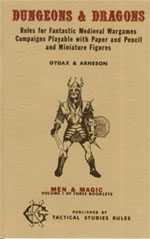
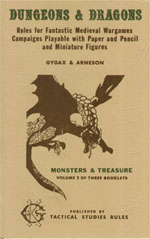
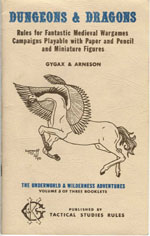
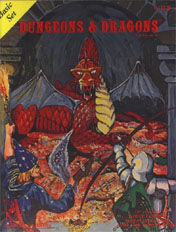
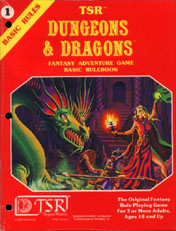
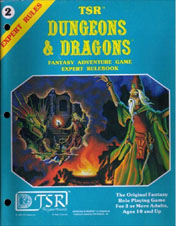
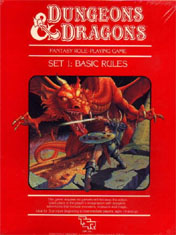
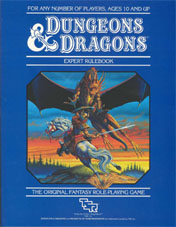
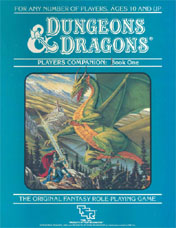
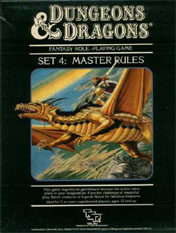
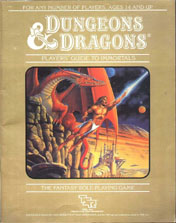
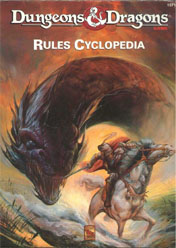
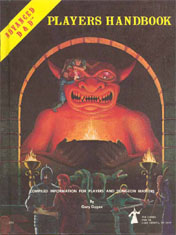
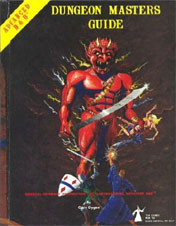
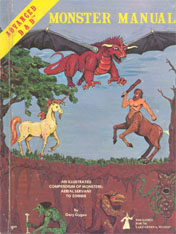
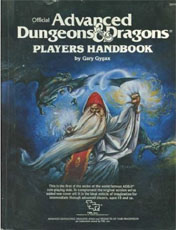
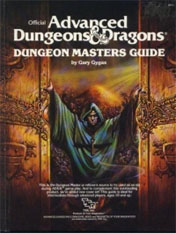
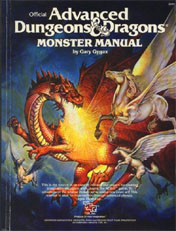
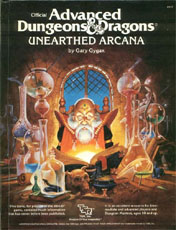
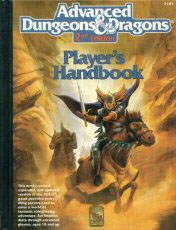
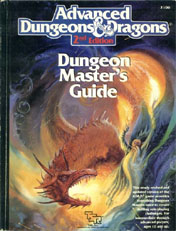
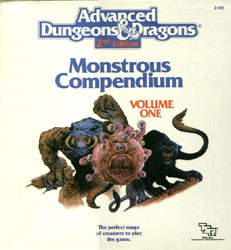
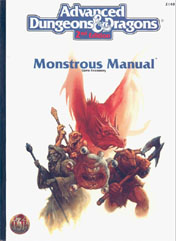
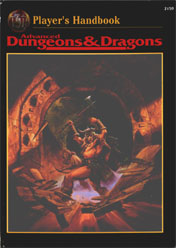
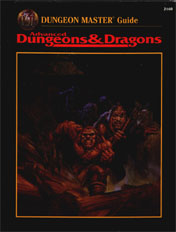
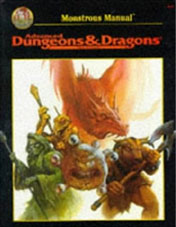
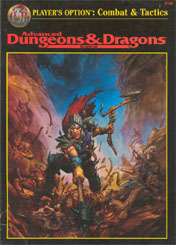
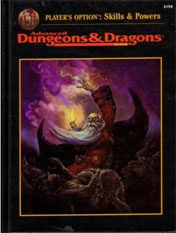
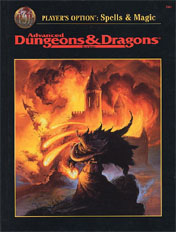
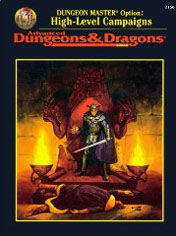
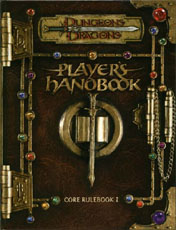
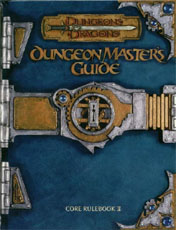
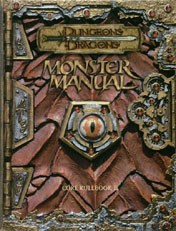
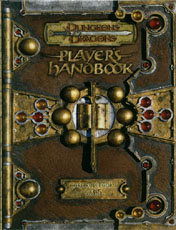
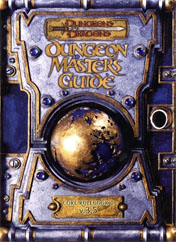
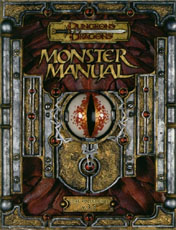











ARCHIVED HALOSCAN COMMENTS
Justin Alexander
Re: 1st Edition covers. Yeah. It’s probably sacrilege in some circles, but I find the original 1st Edition covers notably inferior to the 1985 replacements. I like the PHB and I like the back cover of the DMG, but even those aren’t anything to get terribly excited about.
(In terms of art, anyway. The binding and printing of the original 1st Edition manuals were amazing. The 1985 replacements were pure crap.)
With that being said, I’m willing to cut them some slack for the era in which they were produced and the artistic resources TSR had available (the rather inept 1977 Basic Set gets a similar pass). The thing about the 1995 covers that I find inexcusable is that they had better pieces of art literally sitting in filing cabinets. Picking any random cover from Dragon Magazine over the previous 20 years would have almost certainly given them better cover illos.
Re: Bibliography. Thank you for the head’s up. It should be fixed now.
Thursday, February 26, 2009, 7:25:30 PM
Somebody Else
I though I’d add a respectful voice of dissent – I actually prefer the 3rd ed. style over any of the others. I simply find the design more fresh and interesting.
My personal least-favourite is the 1st ed. AD&D monster manual, which I personally find to be rather too childish for my tastes.
PS: I’ve checked it a couple of times, and the link to the Mounted Combat supplement in your bibliography seems to point to the Zombie mini-adventure.
Thursday, February 26, 2009, 6:21:31 PM
Justin Alexander
As much as I love 3rd Edition, this post reminded me just how bland cover were in comparison to previous editions. I remember thinking they were nifty in 2000, but by 2003 I was missing having cool fantasy artwork.
Although I’d say the worst core rulebook covers would have to be the 1995 versions of the PHB and DMG. Those were incredibly bad — muddy, ugly, and incredibly uninspiring.
I think the BECMI sets probably have my favorite covers from any edition. (Although the interlinked Basic/Expert covers from the Moldvay edition are a close second.)
I will not deny that BECMI being my first edition of D&D may have something to do with that judgment, but I also think that the thematic juxtaposition of heroes and dragons is both inspiring and a perfect summation of the essence of the game. These were also executed at the height of Elmore’s talents.
And although I’ve never actually owned them, Easley’s work on the 1985 AD&D1 manuals is also really solid.
So that would be my top 3.
Thursday, February 26, 2009, 5:45:27 PM
i still love the 2nd Edition i started with the first, but second was the best, never liked the ugly artwork of the third edidion, i completly stoped buying anything after third came out and second was not continued…
So… 1e got UA. 2e got Player’s Options. 3e got its 0.5. 4e got Essentials line.
Seems like every edition eventually got a expanded/revised set of rules that gives the edition 4~5 more years of life.
Are you ever going to revise this, maybe add fourth and fifth edition(and possibly one d&d)?
@Max N
He’s since posted a video full of primary D&D editions that’s sort of the successor to this blog post:
https://www.youtube.com/watch?v=nvU2P4q4_v4
And a follow-up video of secondary editions and D&D-adjacent media:
https://www.youtube.com/watch?v=ILGtJ2Vhm9E